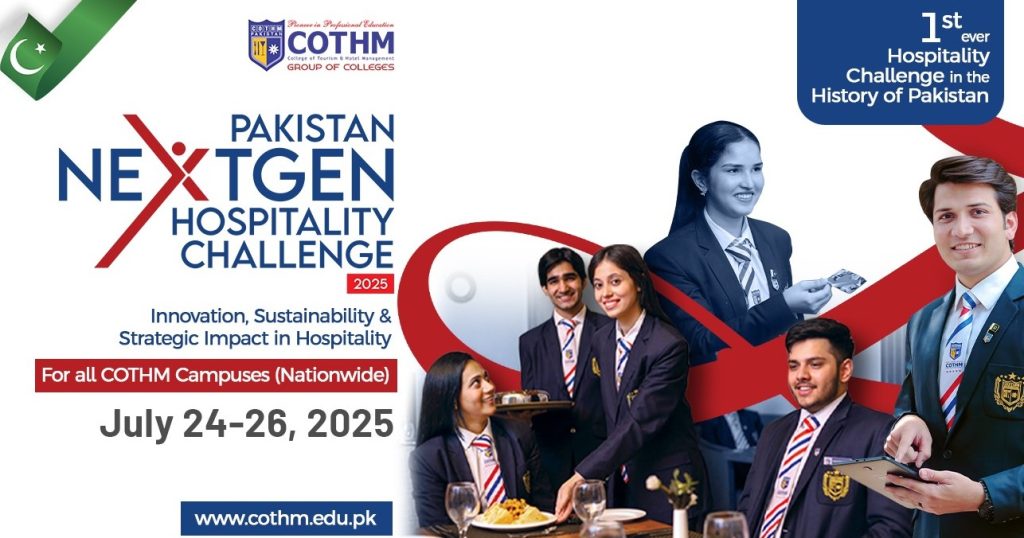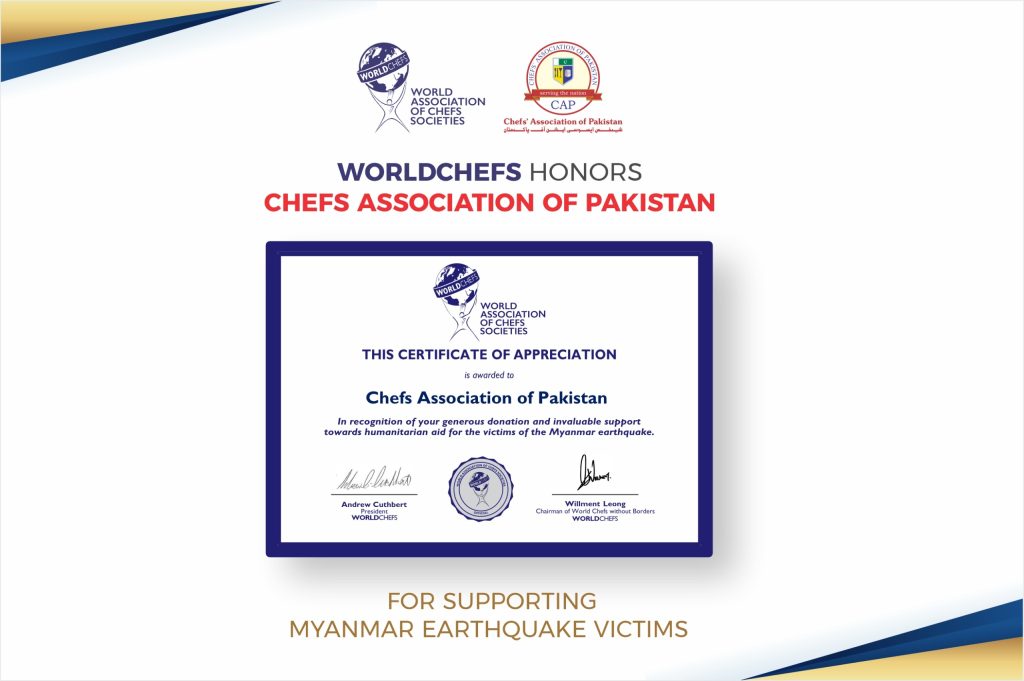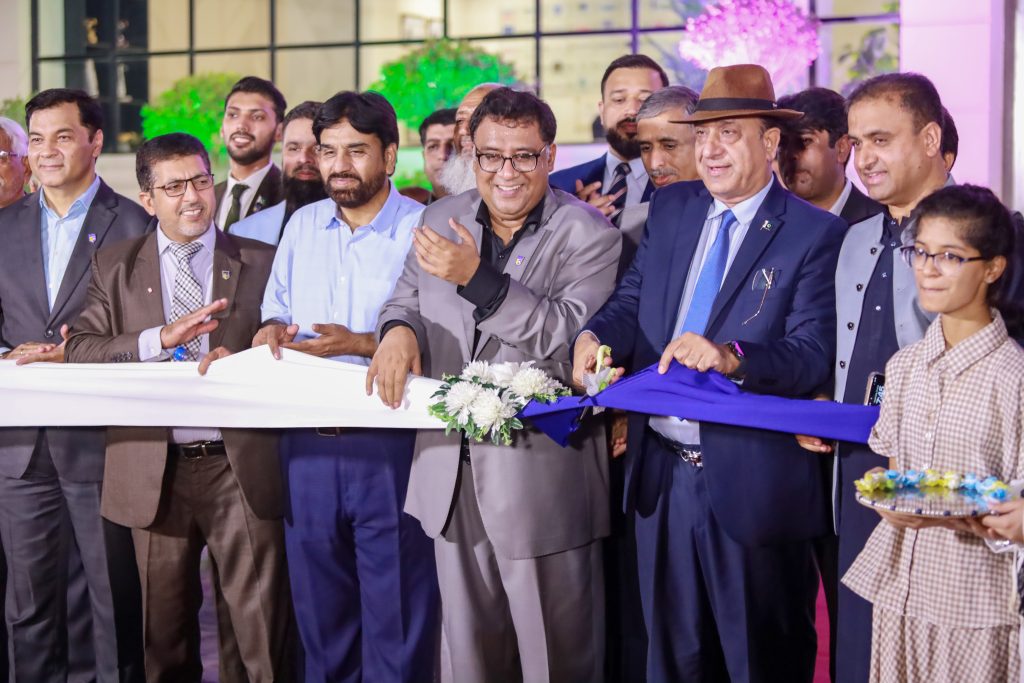Medical tourism has gained immense popularity in recent years as individuals seek high-quality healthcare services combined with the opportunity to explore new destinations. Medical tourism involves traveling to another country for medical treatments, wellness procedures, or surgeries. This global phenomenon has transformed the healthcare landscape and opened up new avenues for patients worldwide. In this article, we delve into the world of medical tourism, exploring its benefits, challenges, and the impact it has on individuals and the healthcare industry.
Medical tourism offers numerous benefits to patients, making it an attractive option for those seeking specialized treatments or procedures. One of the primary advantages is access to world-class healthcare facilities and highly skilled medical professionals. Many countries known for medical tourism, such as India, Thailand, and Mexico, have developed state-of-the-art hospitals and clinics that adhere to international standards.
Another significant advantage is cost savings. Medical procedures in certain countries can be significantly cheaper than in the patient’s home country, even when considering travel and accommodation expenses. This cost advantage makes medical tourism a viable option, particularly for those without adequate health insurance or facing long waiting times for treatments.
Beyond medical treatments, medical tourism often combines wellness procedures and recovery in idyllic destinations. Patients can choose to recuperate in serene environments, such as beach resorts or mountain retreats, offering a holistic approach to healing and rejuvenation.
While medical tourism presents opportunities, it is crucial for patients to consider certain factors before embarking on their journey. Language barriers, cultural differences, and varying medical practices may pose challenges. Proper research, communication, and coordination between patients, healthcare providers, and travel facilitators are essential to ensure a seamless experience.
Additionally, patients must carefully evaluate the quality and accreditation of healthcare providers and facilities in their chosen destination. Seeking recommendations, reading patient reviews, and verifying credentials can help ensure a positive medical tourism experience.
Post-treatment care and follow-up also need to be considered. Patients should discuss with their healthcare providers the necessary arrangements for post-operative care, rehabilitation, and any potential complications that may arise after returning home.
Medical tourism has a significant impact on both the healthcare industry and the economies of the countries that attract medical tourists. Hospitals and clinics in medical tourism destinations invest in advanced medical technologies, infrastructure, and specialized training to cater to international patients. This, in turn, elevates the overall quality of healthcare services in the region and contributes to medical advancements.
Medical tourism also boosts the local economy, generating revenue through healthcare services, accommodations, transportation, and ancillary tourism activities. This economic stimulation can lead to job creation and investment in related industries.
Furthermore, the exchange of medical knowledge and expertise between healthcare professionals from different countries fosters collaboration and the sharing of best practices. This international cooperation enhances medical research, innovation, and the development of advanced treatment options.
Medical tourism offers patients the opportunity to combine healthcare services with travel and wellness experiences. With its benefits of access to quality healthcare, cost savings, and holistic healing opportunities, medical tourism continues to attract individuals worldwide. However, it is essential for patients to conduct thorough research, consider the challenges, and prioritize their safety and well-being throughout the entire process. As medical tourism continues to evolve, it plays a crucial role in shaping the global healthcare landscape, fostering international collaborations, and expanding options for patients seeking specialized treatments and wellness procedures.










